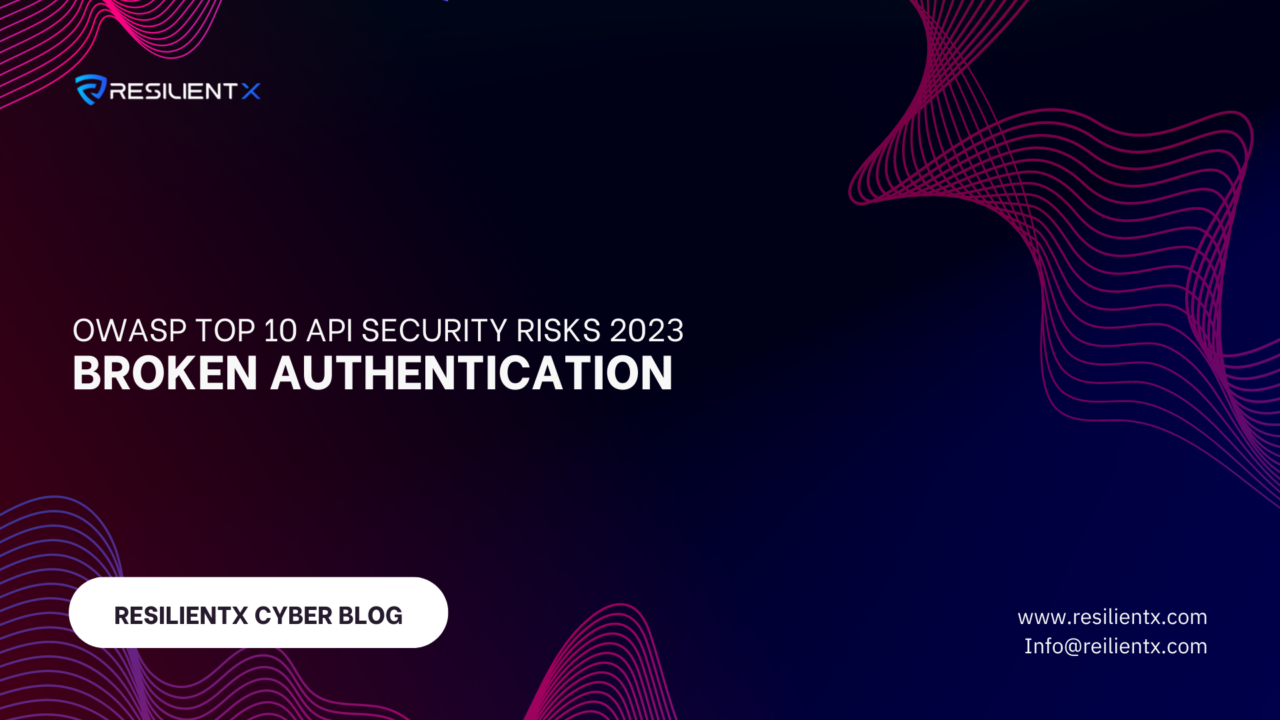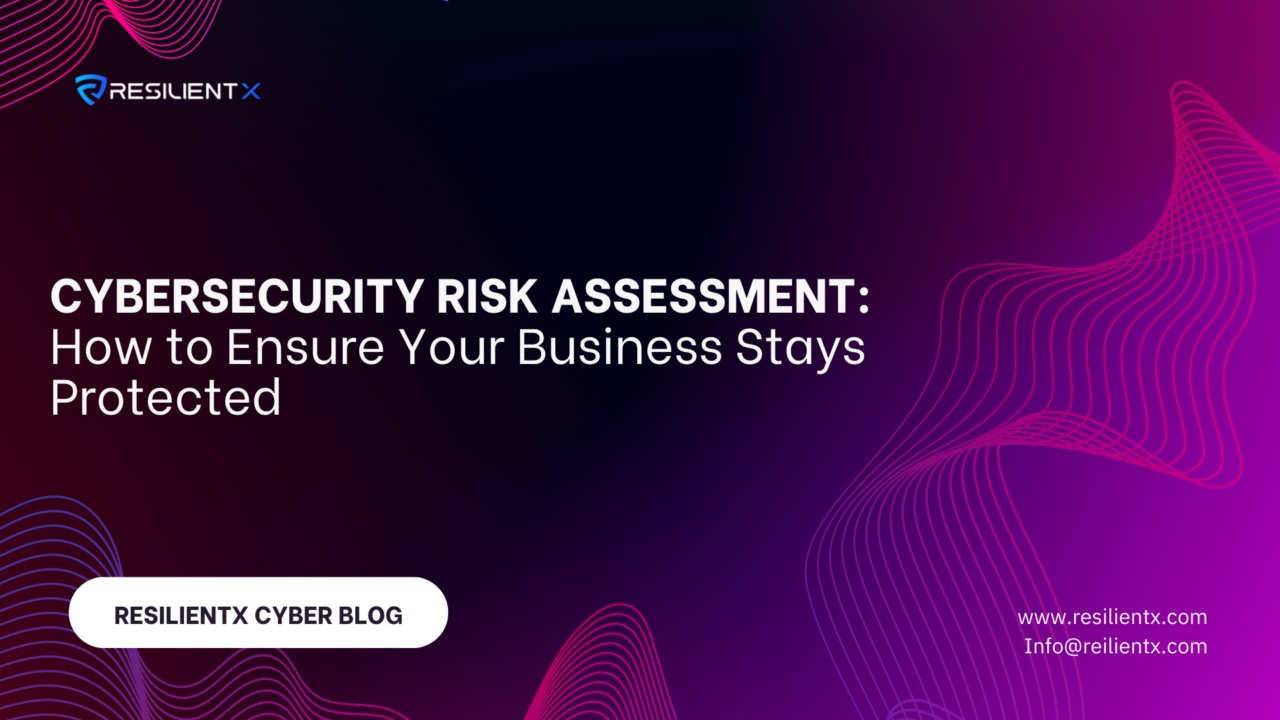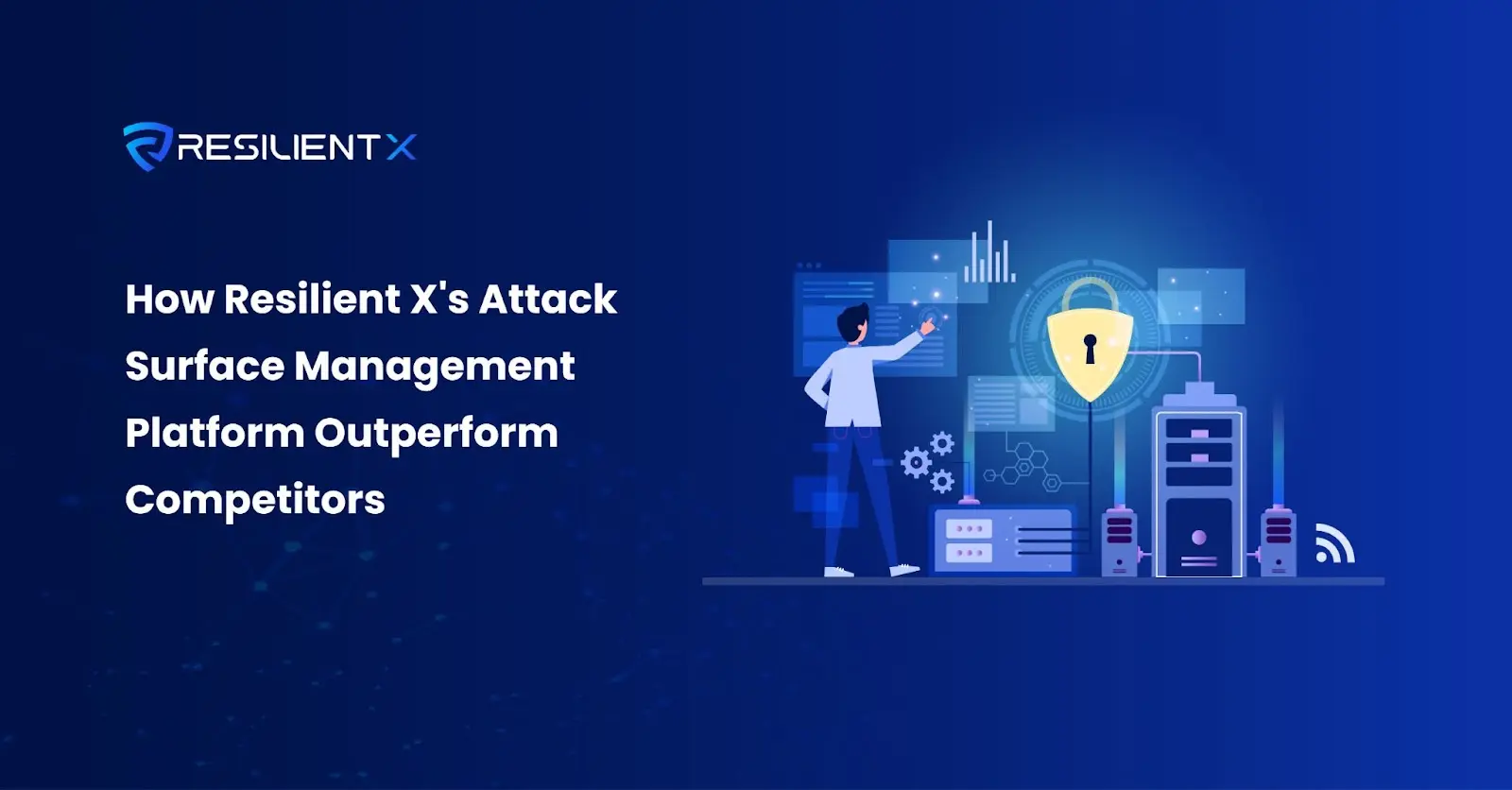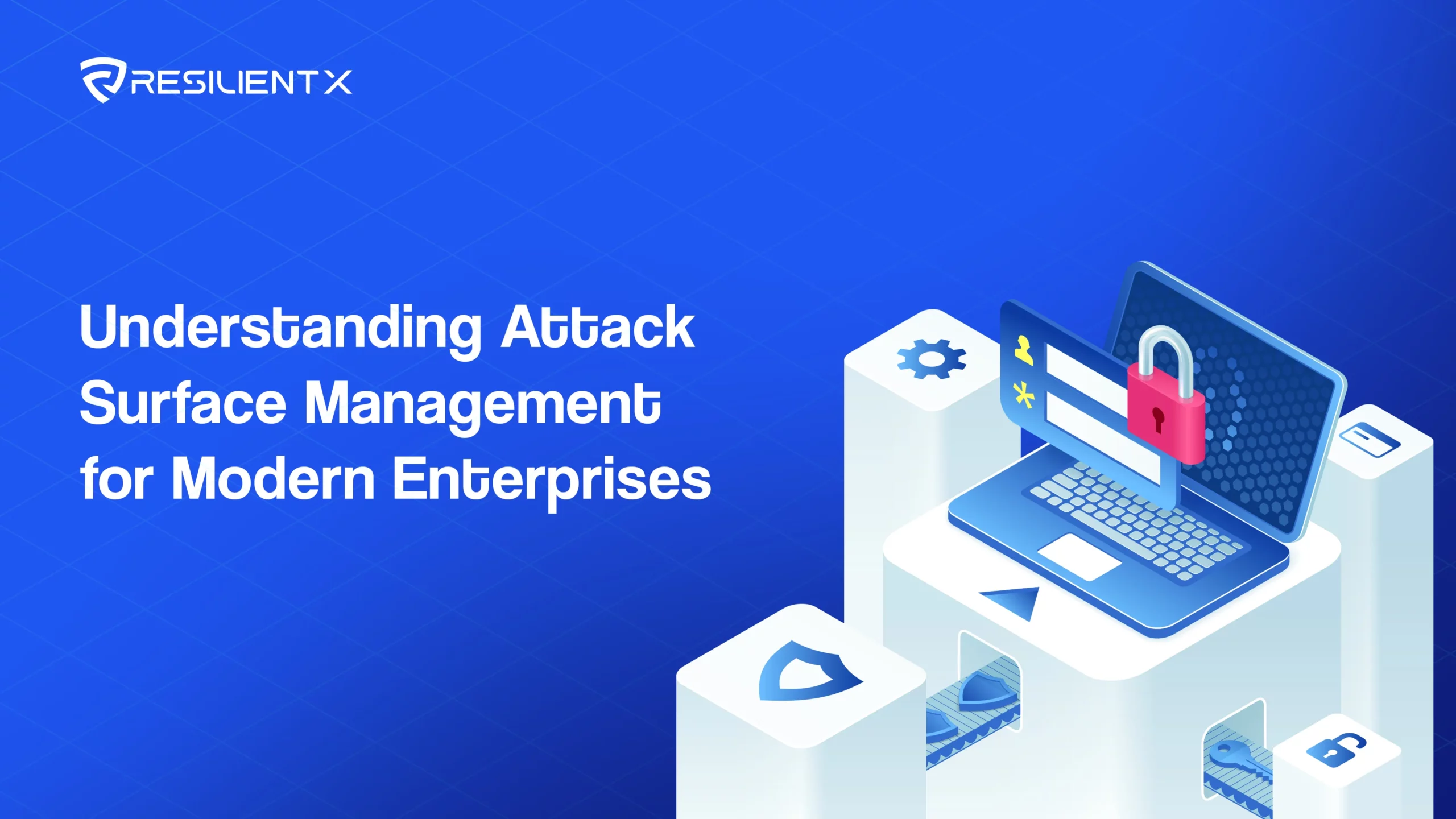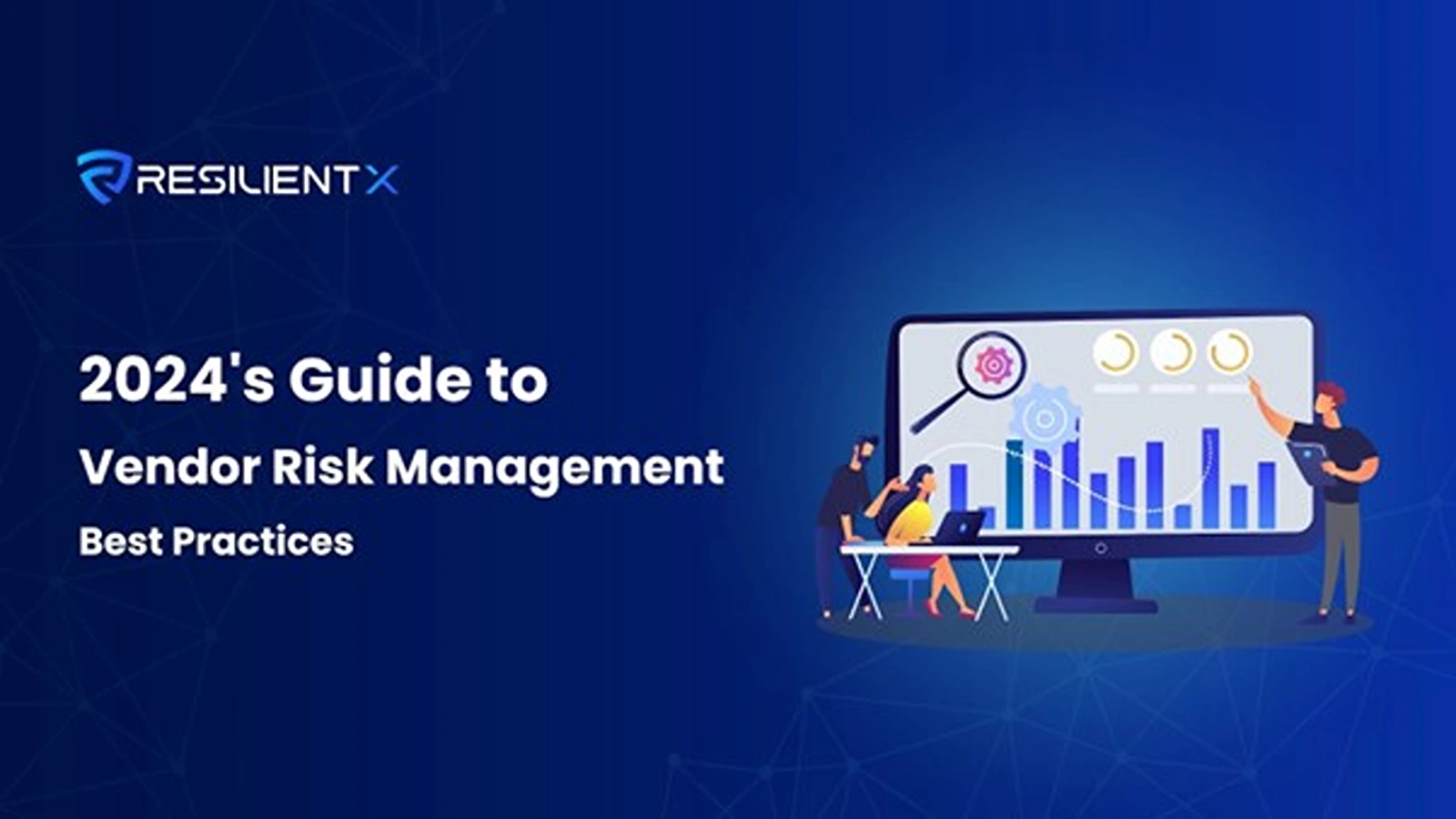
In the past two years, 82% of organizations have experienced one or more data breaches caused by a third party, costing an average of $7.5 million to remediate. This statistic underscores the urgency for stringent vendor risk management best practices. The complexity of supply chains and the increasing reliance on external vendors have amplified these risks, making an effective vendor risk management checklist not just advisable but essential.
As businesses continue to navigate the digital age, the ability to preemptively identify, assess, and mitigate vendor-related risks stands as a cornerstone of operational resilience and security. This guide delves into the pivotal strategies that can fortify your organization against the cascading effects of vendor vulnerabilities, aiming to equip you with the knowledge to enhance your vendor risk management framework for 2024 and beyond.
Creating a Comprehensive Vendor Inventory
Maintaining an up-to-date list of all third-party partnerships is crucial for understanding the risk landscape introduced by vendors. Surprisingly, fewer than half of all organisations conduct cybersecurity risk evaluations on third-party vendors who manage sensitive information.
This oversight is particularly risky given that external partners might not adhere to the same stringent security measures as your own organisation. Recognizing the diverse risks posed by vendors is a fundamental component of any third-party risk management strategy.
The stakes are high, with the average cost of a data breach involving a third-party standing at $4.29 million worldwide in 2019. It’s important to remember that even minor vendors can become the weak link leading to significant cyber incidents. A notable incident is the 2013 breach at Target, which was traced back to a HVAC subcontractor and led to the compromise of around 40 million debit and credit card details.
Cataloguing your vendors is an essential first step in vendor risk management, highlighting the need to monitor security throughout and even after the termination of vendor relationships. Identifying the right vendor risk management solutions available in the market is key to reinforcing your defences against potential breaches.
Streamlining Vendor Assessments: The Key to Secure Onboarding
Rushing through the vendor onboarding process might seem like a shortcut to efficiency, but it’s a surefire method for welcoming high-risk vendors into your fold, potentially sabotaging your information and data security protocols. At the heart of any vendor risk management best practices lies the vendor questionnaire, a critical tool that not only fulfills regulatory mandates in various industries but also significantly mitigates risk.
However, the traditional approach to vendor questionnaires—with their point-in-time snapshots, subjective inquiries, and labor-intensive creation—often falls short. To overcome these limitations, more organizations are turning to advanced tools that automate the creation, distribution, and analysis of security questionnaires, offering a more objective and streamlined assessment process.
For those wondering where to begin, starting with a standardized vendor risk assessment questionnaire template can be immensely helpful. This template serves as a foundational tool that organizations can customize according to their specific risk tolerance, adding or omitting questions as needed. A well-crafted template not only simplifies the assessment and onboarding of new vendors but also ensures that security standards are upheld without adding unnecessary operational burden.
Revolutionizing Vendor Risk Management with Continuous Monitoring
A major drawback of conventional third-party risk management practices is their reliance on static, point-in-time assessments, which can be costly, subjective, and often fail to capture the dynamic nature of security threats. The challenge of maintaining an ongoing evaluation of individual vendor risks is significant, even for the largest corporations. A modern solution to this issue lies in the utilization of security ratings.
Security ratings serve as a numeric representation of a vendor’s security health, similar to the way credit ratings reflect financial reliability. These ratings offer a dynamic and quantitative approach to understanding security postures, with improvements in ratings indicating stronger security measures.
Providers of security ratings deliver instant, ongoing, and non-intrusive evaluations of a vendor’s security stance. This approach grants vendor management teams an immediate, comprehensive overview of performance and potential risks across their entire vendor network, enabling the continuous monitoring of vendors for security vulnerabilities.
By integrating the ongoing nature of security ratings with the detailed analysis provided by traditional risk assessments, security professionals can attain a holistic view of their organization’s attack surface. This combination ensures a continuous awareness of potential vulnerabilities, bridging the gap between scheduled assessments and offering a more complete picture of vendor risk management.
Setting the Standard: Establishing Key Vendor Performance Metrics
When embarking on a partnership with an IT vendor or service provider, it’s crucial to establish specific cybersecurity metrics in addition to the usual operational Service Level Agreements (SLAs).
This dual approach ensures that vendors not only meet performance expectations but also adhere to rigorous security standards, particularly when they handle sensitive information such as Protected Health Information (PHI) or Personally Identifiable Information (PII).
To further safeguard your organization from downstream risks, it’s advisable to mandate that your vendors conduct thorough third-party risk assessments on their own suppliers. This step is especially critical for entities covered by regulations like HIPAA, where the primary organization may bear the consequences of data breaches occurring at the vendor level. Even in cases where legal liability may not directly apply, the reputational and financial fallout from such incidents can be significant.
Navigating the landscape of what cybersecurity metrics to prioritize can be daunting. Tools like Resilient X simplify this process by offering automatic assessments against a comprehensive set of over 50 critical metrics, providing a clear framework for monitoring and evaluating vendor security postures. By clearly defining these metrics, organizations can better manage their vendor relationships, ensuring alignment with both operational and security objectives.
The Crucial Task of Fourth-Party Vendor Monitoring
The web of cybersecurity risk extends beyond your direct third-party vendors to include their own network of suppliers, introducing what is known as fourth-party risk. This layer of risk necessitates an even more diligent approach than that applied to third-party risk management, primarily because your organization likely lacks direct contractual agreements with these fourth-party entities.
A significant oversight in many risk management strategies is the failure of third-party vendors to apply the same level of scrutiny and management to their fourth-party relationships as you do with them. This discrepancy can create a substantial gap in risk management efforts, potentially leaving your organization exposed to unseen vulnerabilities.
Effectively managing fourth-party risk can lead to significant benefits, including reducing the need for remediation efforts, lowering total risk exposure, streamlining provider selection processes, and enhancing the thoroughness of due diligence and ongoing risk monitoring.
By extending risk management practices to include fourth-party vendors, organizations can achieve a more comprehensive risk management strategy, safeguarding against the ripple effects of security incidents beyond their immediate vendor network.
Ensuring Resilience Through Worst-Case Scenario Planning
Acknowledging that not all vendors will consistently meet your cybersecurity and operational benchmarks is a critical aspect of vendor risk management. To safeguard your operations, integrating business continuity planning, disaster recovery, and incident response strategies into your vendor risk management (VRM) program is essential. These elements are not just add-ons but are foundational to building a robust VRM framework.
Your strategy for managing third-party relationships should include clear protocols for discontinuing partnerships with vendors who do not adequately address risks within an acceptable timeframe. The goal is to minimize the impact on your operations and, more importantly, your customers.
Effective business continuity planning is vital to ensure that your services remain uninterrupted, regardless of whether a vendor-related issue arises from a technical mishap, such as a misconfigured storage service, or a physical calamity impacting a third-party data center.
By preparing for these worst-case scenarios, you can enhance your organization’s resilience, maintain trust with your customers, and ensure the stability of your services in the face of third-party challenges.
Establishing a Focused Force: The Role of a Dedicated VRM Committee
Implementing a vendor risk management committee stands out as a pivotal best practice within the sphere of vendor risk management best practices. This specialized team, inclusive of senior management members, plays a crucial role in overseeing the entire vendor risk management lifecycle.
From evaluating potential vendor partnerships to managing ongoing relationships and assessing performance against compliance and security standards, the committee ensures a unified approach to vendor risk.
The VRM committee’s responsibilities extend beyond mere oversight; they are actively involved in strategic decision-making processes related to vendor selection, risk assessment, and the development of mitigation strategies. By having a dedicated group focused on vendor risk, organizations can ensure that vendor management aligns with broader business objectives and security policies.
Furthermore, the presence of senior management within the committee underscores the organization’s commitment to robust vendor risk management. It also facilitates quicker decision-making, especially in scenarios requiring swift action to address vendor-related risks.
Additionally, this committee serves as the central point for cross-departmental communication, ensuring that insights and data regarding vendor risks are shared across the organization effectively.
Ensuring Clarity Through Continuous Communication
Central to the success of vendor risk management best practices is the principle of ongoing communication with your vendors. It’s essential not to take for granted that vendors are fully aware of your expectations. Through clear and consistent dialogue, many misunderstandings can be preemptively resolved, and potential issues can be addressed well before they escalate into security breaches.
However, communication shouldn’t only flow outward to vendors. Equally important is the upward communication channel to keep key stakeholders within the organization informed about the progress and status of vendor risk management efforts. Effective communication in this domain typically involves comprehensive cybersecurity reports that shed light on:
- The spectrum of security measures implemented to mitigate major risk categories, including but not limited to reputational and financial risks.
- The success of these mitigation efforts, particularly in terms of tangible improvements in security posture.
- Ongoing monitoring activities aimed at identifying new or evolving vulnerabilities.
- The degree of alignment with essential compliance mandates, such as GDPR.
- The overall effectiveness and efficiency of the TPRM program.
- Insights from both internal and external cybersecurity audits.
- Any critical risks that might impact the service level agreements outlined in vendor contracts.
To streamline this process, a platform like Resilient X, equipped with a cybersecurity reporting module, can greatly enhance the efficiency of compiling and disseminating these insights. With automation capabilities, Resilient X simplifies the task of gathering pertinent vendor risk management data, facilitating the creation of reports tailored for both internal stakeholders and board meetings.
Moreover, the ability to quickly convert these insights into presentation-friendly formats means that communicating the nuances of your VRM strategy becomes less of a logistical challenge and more of an integrated part of your organization’s risk management culture.
By placing a strong emphasis on constant and clear communication, businesses can foster a more secure, compliant, and mutually beneficial relationship with their vendors.
Elevating Vendor Risk Management to New Heights
As we’ve explored, navigating the multifaceted domain of vendor risk management in 2024 demands a strategic, informed approach. From the initial steps of creating a comprehensive vendor inventory to the ongoing processes of assessment, monitoring, and communication, each practice plays a vital role in fortifying organizations against the potential pitfalls associated with third-party engagements.
With staggering statistics highlighting the financial and reputational stakes of data breaches stemming from vendor vulnerabilities, it’s clear that integrating vendor risk management best practices into your organizational strategy is not just prudent—it’s imperative.
The journey towards effective vendor risk management is complex, but with the right framework, tools, and mindset, organizations can significantly mitigate risks posed by third and even fourth-party vendors. By establishing a dedicated VRM committee, maintaining continuous communication, and preparing for worst-case scenarios, businesses can ensure resilience, compliance, and operational continuity in an ever-evolving digital landscape.
Ready to Transform Your Vendor Risk Management?
Resilient X stands at the forefront of innovative solutions designed to streamline and strengthen your vendor risk management efforts. With features tailored to enhance every aspect of your VRM program, Resilient X empowers organizations to navigate the complexities of vendor risk with confidence and precision.
Discover how Resilient X can revolutionize your approach to vendor risk management. Schedule a demo today and take the first step towards securing your third-party ecosystem with cutting-edge technology and unparalleled expertise.
